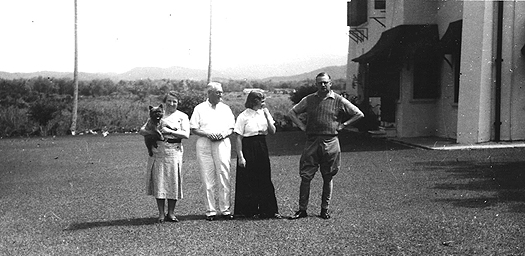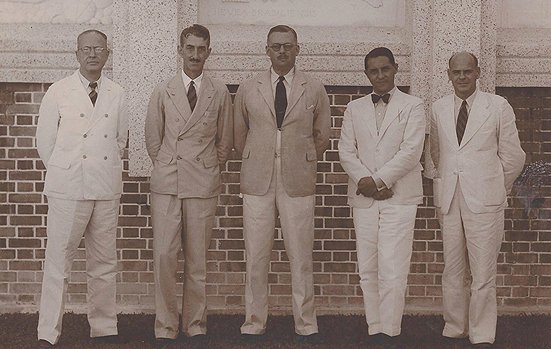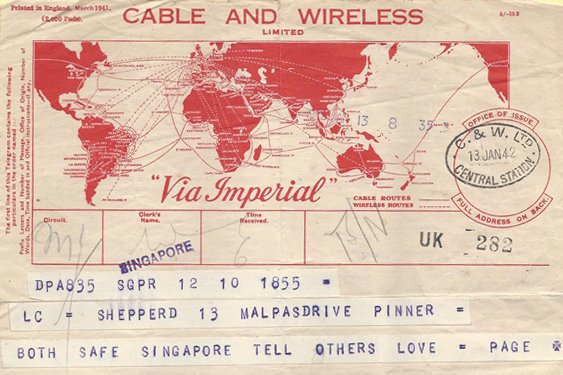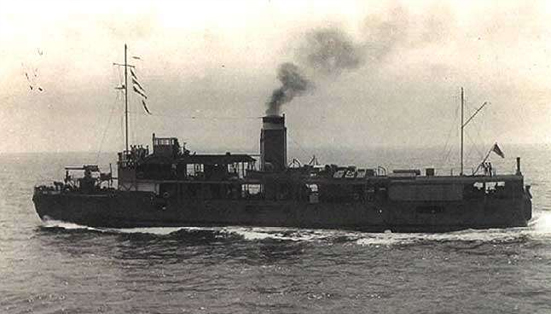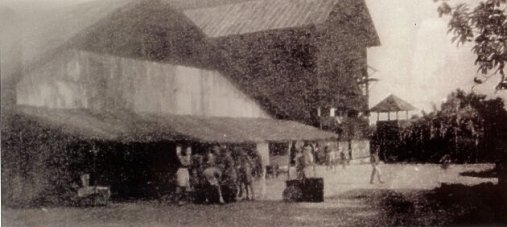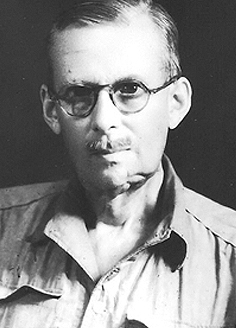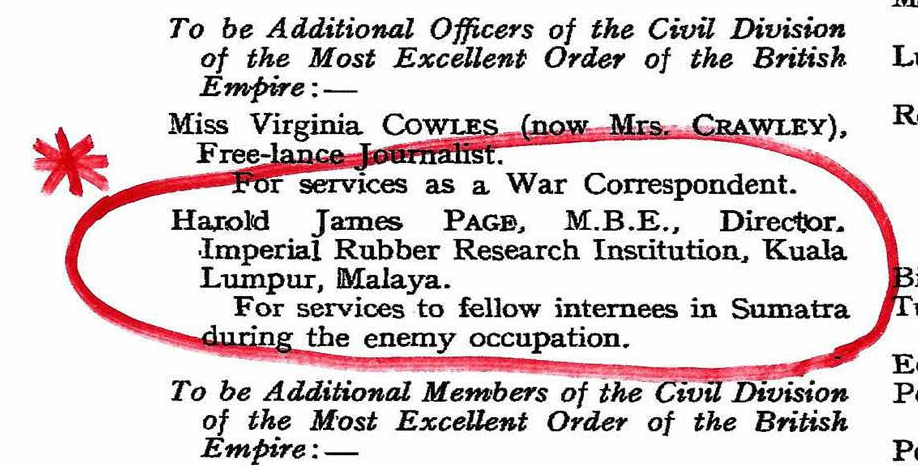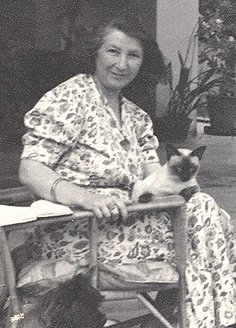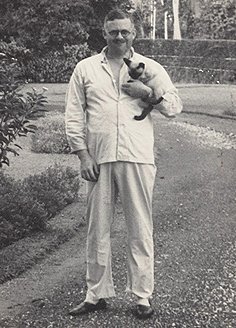My great-grandparents, Gladys & Harold Page, were living in Kuala Lumpur when WW2 started. Harold (right of photo) was a veteran of the First World War where he& #39;d been seriously injured. In 1938 he got a job as the Director or The Rubber Research Institute of Malay. #VJDay75.
When the Japanese launched their air raids over Kuala Lumpur, there was a mass evacuation south to Singapore because it was felt that Singapore was strongly defended and would not fall. Harold and Gladys left their house and possessions and fled to Singapore with other employees
Gladys and Harold safely got to Singapore Island by the 13th of January 1942. but by January 31st the Commonwealth troops were pulled back to Singapore Island. As the Japanese advanced towards the city, people and vehicles were pushed towards the city centre.
The best route to escape the city was via the boats at the city docks. There was a & #39;women and children first& #39; evacuation policy implemented. Gladys Page boarded The Empress of Japan on the 31st January 1942. Harold voluntarily elected to stay behind.
On February 12th it became clear that people needed to evacuate from Singapore. Three employees of the RRI, Harold, Mr. Sharp & Mr. Owen had passes and were allocated to HMS Tien Kwang which was a British Royal Navy auxiliary anti-submarine vessel.
On Friday 13th February this ship, with HMS Kuala set sail & were guided through the minefield outside the harbour. They had instructions to sail to Batavia, Java via the straits of Rhio and Banka which was the same route earlier ships had taken.
The plan for the two ships was to travel by night and at daybreak seek shelter as close as possible to such an island. They would camouflage the ships with foliage from the jungle and hope they would be undetected by enemy planes until they could resume their journey at night.
On the morning of February 14th, both ships were anchored when Japanese bombers came over & and attacked with bombs. The Kuala received a direct hit and was set on fire immediately which killed many people on board. http://malayanvolunteersgroup.org.uk/uploads/1/0/7/3/107387685/s.s._kuala_passenger_list.pdf">https://malayanvolunteersgroup.org.uk/uploads/1...
A good first hand account of this tragedy can be read here. https://www.navyhistory.org.au/the-loss-of-hms-kuala-1942/.">https://www.navyhistory.org.au/the-loss-... Harold managed to swim to Pompong Island with the other survivors but eventually, was captured by the Japanese.
He was to become a civilian internee at Bangkinang Camp in Sumatra. The British Authorities, Red Cross & the Japanese referred to civilian captives as internees, whilst combatants serving in the forces, irrespective of their nationality were always called Prisoners of War (POW’s)
He survived in this camp until August 22nd 1945 when he was to learn of the Japanese surrender. Internees were gradually shipped out in the weeks following that surrender. Family stories say that Harold weighed around 6 stone (85 pounds) on his release.
Harold got to Singapore & was finally evacuated on board The Highland Monarch. He arrived in Southampton on the 9th November 1945. On his return to England, he was to learn of the tragic death of his youngest son, Denis Page, who had died when his Mustang III crashed in Kent.
In July 1947, Harold Page was awarded an MBE “for service to fellow internees in Sumatra during enemy occupation” AND The British Empire Medal “for brave conduct under enemy fire”.
According to his son Mike he never knowingly bought, ate or used anything that came from Japan. He remained mostly silent about his time as a P.O.W. Despite their experiences, he and Gladys lived a good and happy life. Harold died in 1972. #VJDay75
You can read more about their stories here: http://www.battlelines-redrawn.co.uk/harold.html ">https://www.battlelines-redrawn.co.uk/harold.ht...

 Read on Twitter
Read on Twitter